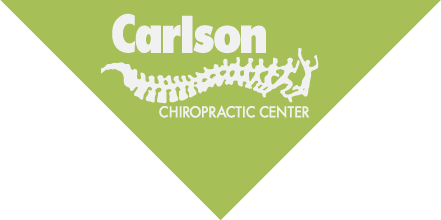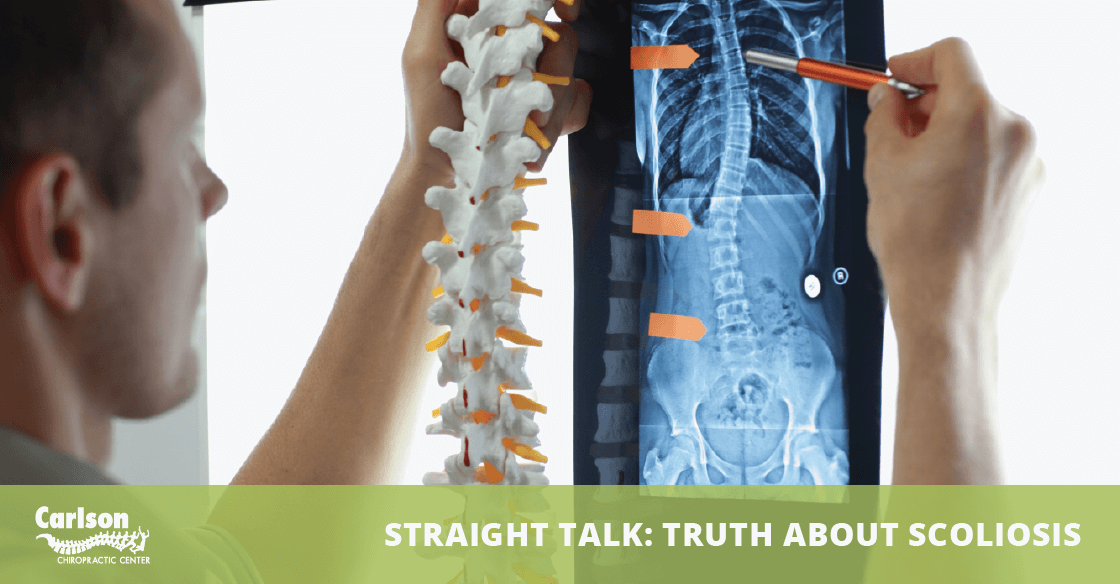While everyone’s spinal alignment has its own subtle curves, people who suffer from scoliosis have spines that curve and twist, causing pain and suffering that can impact the quality of their daily lives.
Living with Chronic Pain from Scoliosis
The pain that results from even the most common activities like walking or bending over to tie shoes can be acute. Forget about enjoying time with children or grandchildren, as chronic pain seems to make its way into every special moment or family celebration.
Regardless of the level of pain, inconvenience, or frustration, you are experiencing with scoliosis, you are not alone. Scoliosis is a widespread condition affecting more than three million people in the United States per year. And while the condition cannot be cured, it can be managed and improved. With a diagnosis and a plan for treatment, a happier and healthier life might be right around the corner.
Scoliosis in Adults
While some scoliosis in adults can result from other medical issues, there are two main types of adult scoliosis.
Adult idiopathic scoliosis is a continuation of adolescent idiopathic scoliosis and has symptoms that have steadily become worse since childhood. Some common symptoms may include:
- Lower back pain and stiffness.
- Pain associated with pinched nerves, such as numbness, cramping, and shooting pain in the legs.
- Fatigue also comes from the stress on the muscles of the lower back and legs.
Adult degenerative scoliosis is also known as de novo (new) scoliosis. This kind of scoliosis begins in adulthood because of the degeneration of the discs, joint arthritis, and the collapse and wedging of the disc spaces. Common symptoms may include:
- Back pain
- Shooting pain down the legs
- Numbness
If you have a family history of scoliosis and are experiencing any of these conditions, the first step is to reach out for a diagnosis. The symptoms of scoliosis may resemble other spinal conditions or deformities or may be a result of an injury or infection.
Spine Care and Aging
The fact is the aging process can cause or intensify symptoms of scoliosis. That’s why it is incredibly important to seek diagnosis and treatment sooner than later. A life of playing with the children, walking with your loved ones, and working without pain or constant fatigue can be yours! A highly qualified team will walk with you on your spine care journey and return you to your life.

